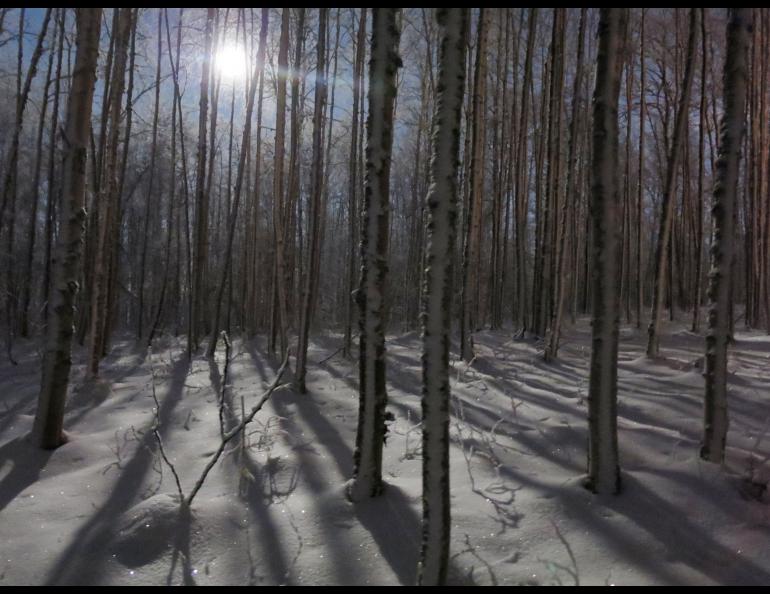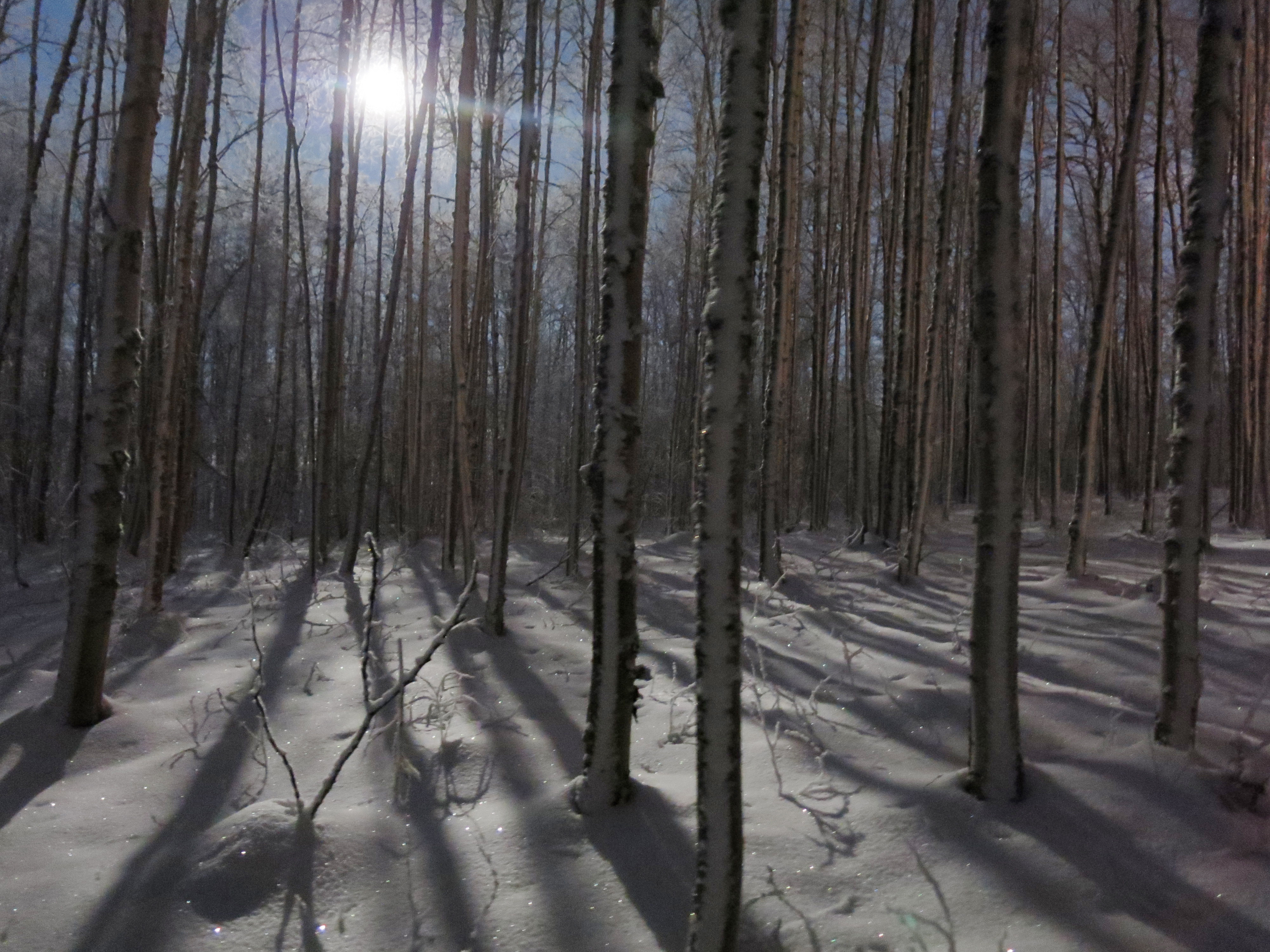
By the light of the moon
Laura Prugh knew she shouldn’t bother trying to trap kangaroo rats in the California desert on nights when the moon was shining. Professors had told her that small mammals make themselves scarce under the light of the moon, lest they become a meal for a predator that spotted them.
But Prugh had no choice. She had so many study plots at Carrizo Plain National Monument she needed to set out her traps every night she could. That’s when, over time, she noticed a funny thing — she caught more of the fist-size, nocturnal creatures on nights lit by the moon.
That result led Prugh, now a wildlife ecologist with the Institute of Arctic Biology at the University of Alaska Fairbanks, to look a bit deeper. She recently coauthored a paper in which she compared the kangaroo rat study to other projects involving night animals and moonlight. She found that nocturnal creatures that use their eyes as their primary line of defense were quite active under moonlight. The creatures that ate them seemed shyer on moonlit nights than she and her coauthor, Chris Golden of Harvard University, predicted.
“That predators were less active in moonlight surprised me,” she said.
About half the mammals on the planet are, like most of us, active in the day and sleep at night. The other half are nocturnal, which begs a question: Why?
The ancestor of all mammals may have been a tiny nocturnal shrew-like animal, said Prugh, who specializes on wildlife-community interactions, such as how an abundance of snowshoe hares in the Alaska Range might drive coyotes to eat more lambs.
The diminutive creature that millions of years ago kickstarted the era of mammals might have lurked in a shadow world for a couple of reasons — to avoid being eaten by dinosaurs active in the daytime and perhaps because the heat of the day was too much for them.
Avoiding competition with animals active in daylight is perhaps one reason nocturnal animals still exist in great numbers. In Alaska, night-active creatures include flying squirrels, bats and owls. While it’s easy to imagine flying squirrels and owls haunting the long Alaska nights this time of year, it’s harder to picture them going about their work in summertime.
How nocturnal animals function in the yellow light of the subarctic June is a question that intrigues Prugh. She has not seen many studies on the effects of crazy daylight swings on animals. At lower latitudes, nocturnal animals have dependable darkness that allows them to stick with circadian rhythms, a somewhat consistent cycle of sleeping and waking.
“It’d be interesting to know if (Alaska animals’) activity cycles are deeply ingrained or flexible,” she said. “To some degree it’s not possible for nocturnal animals here to stick with a light-based cycle, or else they would have to hibernate in the summer. It’s a pretty basic unanswered question.”
Prugh has no immediate plans to study the activities of night animals in Alaska, but she sees how a researcher could execute such a study by radiocollaring animals with a device that monitors when they are active. Such a tool would also be effective for seeing the effects of moonlight on animal activities, which might be quite dramatic in Alaska.
“In the winter, being dark for so long, the presence of the moon affects light levels longer than farther south,” Prugh said. “And the reflection off the snow amplifies the affect of moonlight.”
Prugh is also curious of what moonlight might do to the most visible Alaska mammal.
“I wonder if moon cycles have a strong effect on people up here in the winter,” she said. “There are certainly studies from other places that show a relationship between the full moon and intake rates at hospitals and factors like that.”





